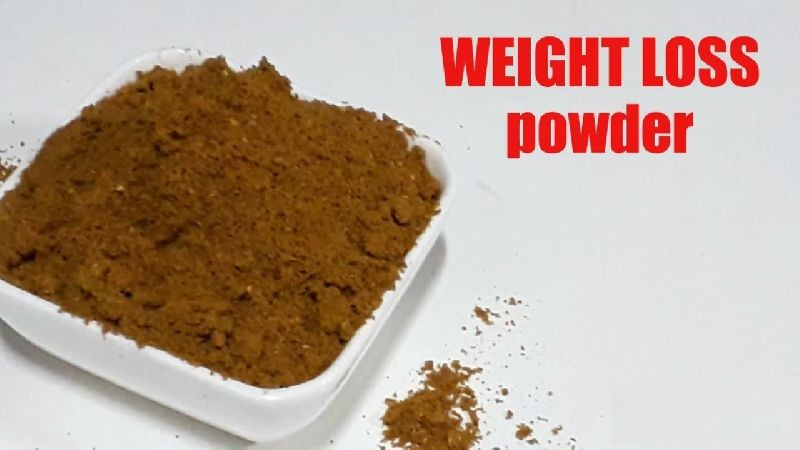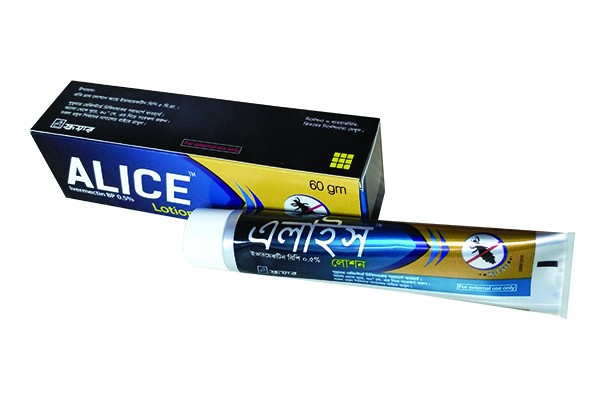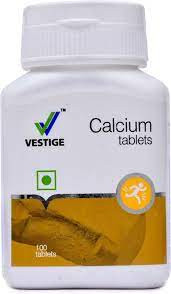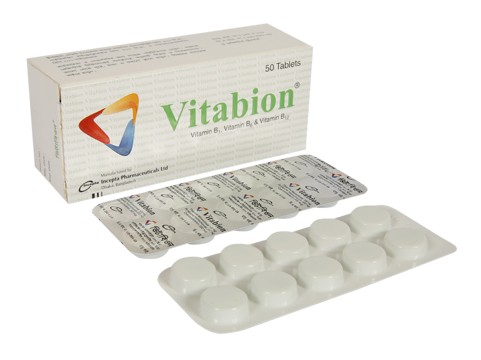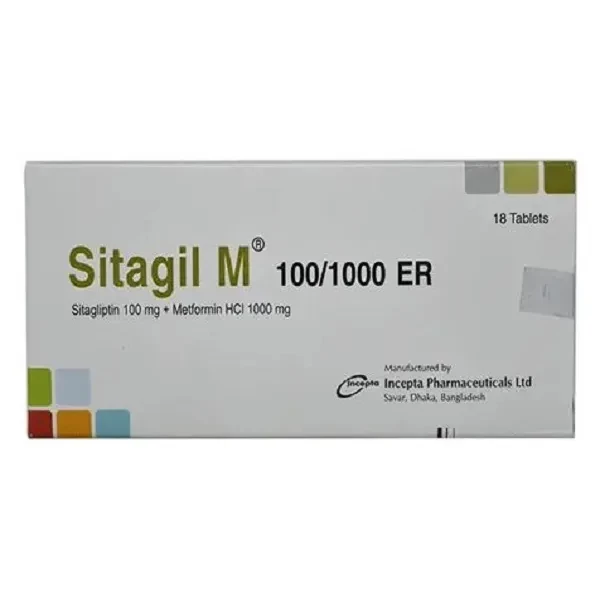

Sitagil M Tablet 100 mg+1000 mg (6pcs)
Inhouse product
-
৳1,030.00
৳1,550.00 -
৳10.00
৳12.00 -
৳280.00
৳500.00 -
৳127.00
৳132.00 -
৳900.00
৳1,300.00 -
৳112.00
৳120.00
Reviews & Ratings
Indications
Therapeutic Class
Pharmacology
Metformin is an antihyperglycemic agent which improves glucose tolerance in patients with type 2 diabetes, lowering both basal and postprandial plasma glucose. Metformin reduces hepatic glucose production by inhibiting gluconeogenesis and glycogenolysis, and stimulates intracellular glycogen synthesis by acting on glycogen synthase. In muscle, it increases insulin sensitivity, improving peripheral glucose uptake and utilization. Metformin also delays intestinal glucose absorption. Unlike sulfonylureas, metformin does not produce hypoglycemia in either patients with type 2 diabetes or normal subjects and does not cause hyperinsulinemia. With metformin therapy, insulin secretion remains unchanged while fasting insulin levels and daylong plasma insulin response may actually decrease.
Dosage & Administration
Sitagliptin & Metformin should generally be given twice daily with meals, with gradual dose escalation, to reduce the gastrointestinal (GI) side effects due to metformin. The starting dose of Sitagliptin & Metformin should be based on the patient’s current regimen. The recommended starting dose in patients NOT currently treated with metformin is 50 mg sitagliptin/500 mg metformin hydrochloride twice daily, with gradual dose escalation recommended to reduce gastrointestinal side effects associated with metformin.
The starting dose in patients already treated with metformin should provide sitagliptin dosed as 50 mg twice daily (100 mg total daily dose) and the dose of metformin already being taken. For patients taking metformin 850 mg twice daily, the recommended starting dose of Sitagliptin & Metformin is 50 mg sitagliptin/1000 mg metformin hydrochloride twice daily.
Co-administration of Sitagliptin & Metformin with an insulin secretagogue (e.g., sulfonylurea) or insulin may require lower doses of the insulin secretagogue or insulin to reduce the risk of hypoglycemia. No studies have been performed specifically examining the safety and efficacy of Sitagliptin & Metformin in patients
previously treated with other oral antihyperglycemic agents and switched to Sitagliptin & Metformin. Any change in therapy of type 2 diabetes should be undertaken with care and appropriate monitoring as changes in glycemic control can occur
Interaction
Co-administration of Digoxin and Sitagliptin may slightly increase the mean peak drug concentration of Digoxin. But no dosage adjustment of digoxin or Sitagliptin is recommended
Contraindications
- Renal disease or renal dysfunction, e.g., as suggested by serum creatinine levels 1.5 mg/dL [males], 1.4 mg/dL [females].
- Acute or chronic metabolic acidosis, including diabetic ketoacidosis, with or without coma.
- History of a serious hypersensitivity reaction to the combination or sitagliptin, such as anaphylaxis or angioedema.
Side Effects
Pregnancy & Lactation
Lactation: It is not known whether Sitagliptin is excreted in human milk. Because many drugs are excreted in human milk, caution should be exercised when this combination is administered to a nursing woman.
Precautions & Warnings
- Before initiating the combination and at least annually thereafter, assess renal function and verify as normal.
- May need to discontinue the combination and temporarily use insulin during periods of stress and decreased intake of fluids and food as may occur with fever, trauma, infection or surgery
Use in Special Populations
Pediatric use: Safety and effectiveness of Sitagliptin/ Metformin in pediatric patients under 18 years of age have not been established
Overdose Effects
In the event of an overdose, it is reasonable to employ the usual supportive measures, e.g., remove unabsorbed material from the gastrointestinal tract, employ clinical monitoring (including obtaining an electrocardiogram), and institute supportive therapy if required. Sitagliptin is modestly dialysable. In clinical studies, approximately 13.5 % of the dose was removed over a 3- to 4-hour hemodialysis session. Prolonged haemodialysis may be considered if clinically appropriate. It is not known if sitagliptin is dialysable by peritoneal dialysis.
Hypoglycemia has not been seen with metformin doses of up to 85 g, although lactic acidosis has occurred in such circumstances. High overdose or concomitant risks of metformin may lead to lactic acidosis. Lactic acidosis is a medical emergency and must be treated in hospital. The most effective method to remove lactate and metformin is haemodialysis.
Storage Conditions
Frequently Bought Products
-
৳1,030.00
৳1,550.00 -
৳10.00
৳12.00 -
৳280.00
৳500.00 -
৳127.00
৳132.00 -
৳900.00
৳1,300.00 -
৳112.00
৳120.00
Online Shopping Bangladesh : MShopBD-Majumder Shop
MShopBD-Majumder Shop Online Shopping in Bangladesh is the Best Shopping store within 10000+ products cash on delivery in dhaka, Khulna, ctg & all over Bangladesh with COD-cash on delivery (Only Shipping Cost Advance ) under by www.esdp.gov.bd (bangladesh.gov.bd ) Home Delivery all Over Bangladesh different location and shop as like as Multivendor Online Sites in BD.
Thank you for choosing MShopBD - Majumder Shop!
